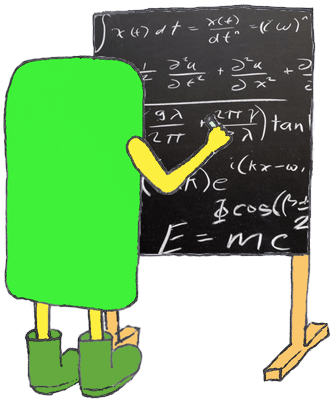
|
|
How predictive and precise can this model be?
This model lacks lots of details in it, so it can't be a precise model for calculating a steady state for a protein production in bacteria. But the toy model that we presented in the final equations for a gene in our plasmid can be extended and one needs to take into account several factor before extending the model to a more informative one.
- Good timing: Since we are using CPP fused to our proteins this could be interesting to consider critical CPP concentrations in bacteria. Because it is hypothesized that CPP can lead to its host's death by penetrating membrane.
- Rare codons: Will process stall because of rare codons? The amount of rare codons, and how repetitivet they are is an important factor. (for more information look in [5] and [6])
- RNAP: How strong will RNAP bind? and How long is the transcription initiation time? This is very interesting question, since in our model we didn't consider them (because we removed time delays in our final set of equations)
- Diffusion time: Do you really need to worry about diffusion? if yes, then this will introduce another type of delay which is usually negligible.
- CPP interactions: If your proteins are fused with CPPs, then the only case that you need to take care of is the amount of secretion. So one needs to take care of external concentration and if it is lethal to its host.
References
- Analysis of the Lactose Metabolism in E Coli Using Sum of Squares Decomposition. A. Ahmadzadeh, A. Halasz, S. Prajna, A. Jadbabaie, V. Kumar. Proceedings of the IEEE Conference on Decision and Control (CDC), Seville, Spain. 2005
- Feedback Regulation in the Lactose Operon: A Mathematical Modeling Study and Comparison with Experimental Data Necmettin Yildirim and Michael C. Mackey, Biophys J. 2003 May; 84(5): 2841–2851.
- All things must pass: contrasts and commonalities in eukaryotic and bacterial mRNA decay, Joel G. Belasc, Nature Reviews Molecular Cell Biology 11, 467-478 (July 2010) | doi:10.1038/nrm2917
- Mathematical modeling of translation initiation for the estimation of its efficiency to computationally design mRNA sequences with desired expression levels in prokaryotes, Dokyun Na, Sunjae Lee and Doheon Lee, BMC Systems Biology 2010, 4:71doi:10.1186/1752-0509-4-71
- Codon usage determines translation rate in Escherichia coli, Michael A. Sørensen1, C. G. Kurland and Steen Pedersen, J Mol Biol. 1989 May 20;207(2):365-77
- Cooperation Between Translating Ribosomes and RNA Polymerase in Transcription Elongation, Sergey Proshkin, A. Rachid Rahmouni, Alexander Mironov, Evgeny Nudler, Science 23 April 2010: Vol. 328. no. 5977, pp. 504 - 508 DOI: 10.1126/science.1184939
- Bremer H, Dennis PP: Modulation of chemical composition and other parameters of the cell by growth rate. In: Escherichia coli and Salmonella: Cellular and Molecular Biology (edited by Neidhart F. C. et al.), ASM Press, Washington DC, ed. 2 1996 , 1553-1569.
- The mathematics of tanning, Josef Thingnes, Leiv Øyehaug, Eivind Hovig, and Stig W Omholt, BMC Systems Biology 2009, 3:60doi:10.1186/1752-0509-3-60
|















